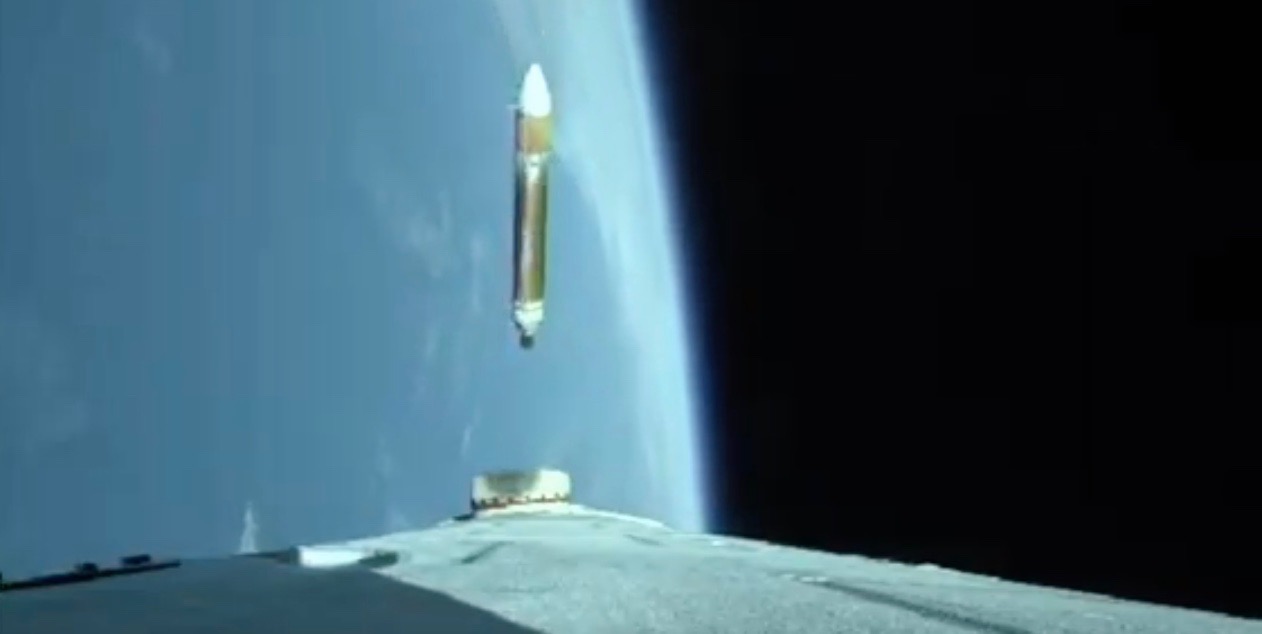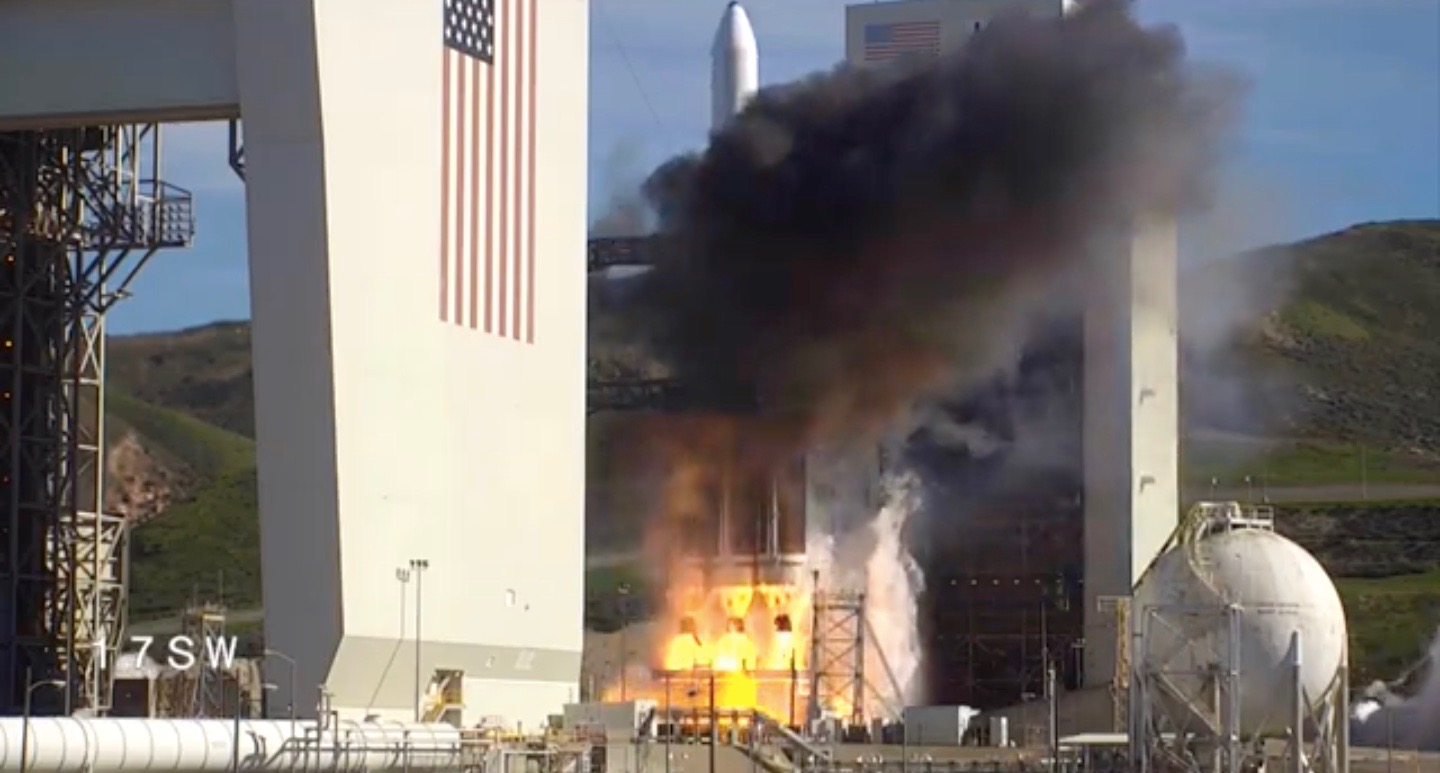The United States has another classified eye in the sky.
The NROL-71 spy satellite streaked to orbit today (Jan. 19) atop a United Launch Alliance (ULA) Delta IV Heavy rocket, which lifted off from California's Vandenberg Air Force Base at 2:10 p.m. EST (11:10 a.m. local California time; 1910 GMT).
NROL-71 will be operated by the U.S. National Reconnaissance Office (NRO), which is in charge of the country's fleet of spy satellites. NRO missions are generally classified, and this one is no different; very little is known about NROL-71 or what exactly it will do. [See photos of NROL-71's dazzling launch]
Indeed, ULA cut off its launch webcast about 6.5 minutes after liftoff, to help maintain the mission's secrecy.

Today's launch was a long time coming. NROL-71 had originally been scheduled to fly on Dec. 7, but ULA scrubbed that attempt, and one the next day, because of technical issues. High winds thwarted a try on Dec. 18, and a small hydrogen leak from the rocket nixed an attempt the following day.
ULA then targeted Jan. 6 for the launch. But one day before that planned liftoff, the company announced that it needed more time to work through the hydrogen-leak issue. On Tuesday (Jan. 15), ULA announced that NROL-71 would fly today.

The 236-foot-tall (72 meters) Delta IV Heavy is ULA's most powerful rocket. It weighs 1.62 million lbs. (733,000 kilograms) at liftoff, generates 2.2 million lbs. of thrust and is capable of lofting 62,540 lbs. (28,370 kg) of payload to low Earth orbit, according to its ULA spec sheet.
Get the Space.com Newsletter
Breaking space news, the latest updates on rocket launches, skywatching events and more!
The rocket now has 11 flights under its belt since its 2004 debut, including two in the last five-plus months. A Delta IV Heavy launched NASA's Parker Solar Probe on its historic sun-kissing mission on Aug. 12.
The NRO was formed in 1961, four years after the Soviet Union kicked off the space age by launching the first-ever satellite, Sputnik 1. But the NRO remained a secret for more than three decades; the U.S. Department of Defense didn't reveal the agency's existence until September 1992.
Mike Wall's book about the search for alien life, "Out There" (Grand Central Publishing, 2018; illustrated by Karl Tate) is out now. Follow him on Twitter @michaeldwall. Follow us @Spacedotcom or Facebook. Originally published on Space.com.
Join our Space Forums to keep talking space on the latest missions, night sky and more! And if you have a news tip, correction or comment, let us know at: community@space.com.

Michael Wall is a Senior Space Writer with Space.com and joined the team in 2010. He primarily covers exoplanets, spaceflight and military space, but has been known to dabble in the space art beat. His book about the search for alien life, "Out There," was published on Nov. 13, 2018. Before becoming a science writer, Michael worked as a herpetologist and wildlife biologist. He has a Ph.D. in evolutionary biology from the University of Sydney, Australia, a bachelor's degree from the University of Arizona, and a graduate certificate in science writing from the University of California, Santa Cruz. To find out what his latest project is, you can follow Michael on Twitter.









